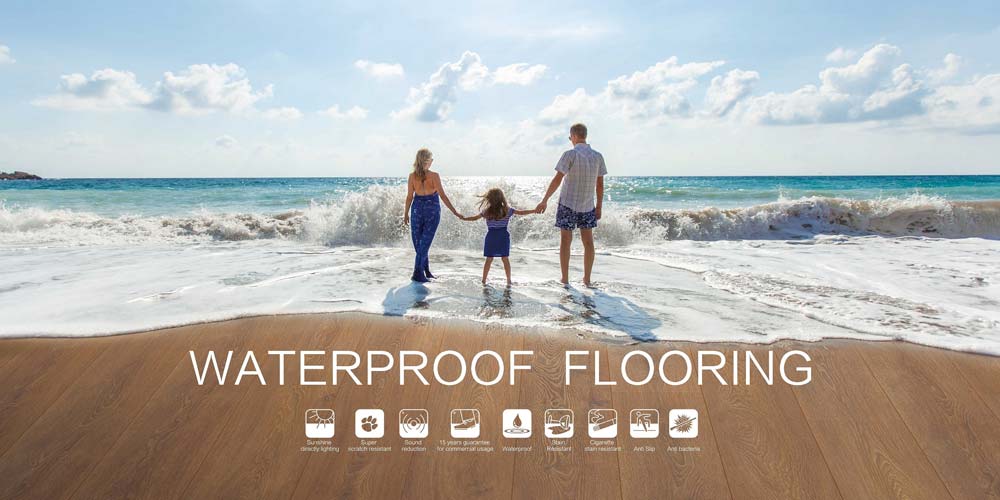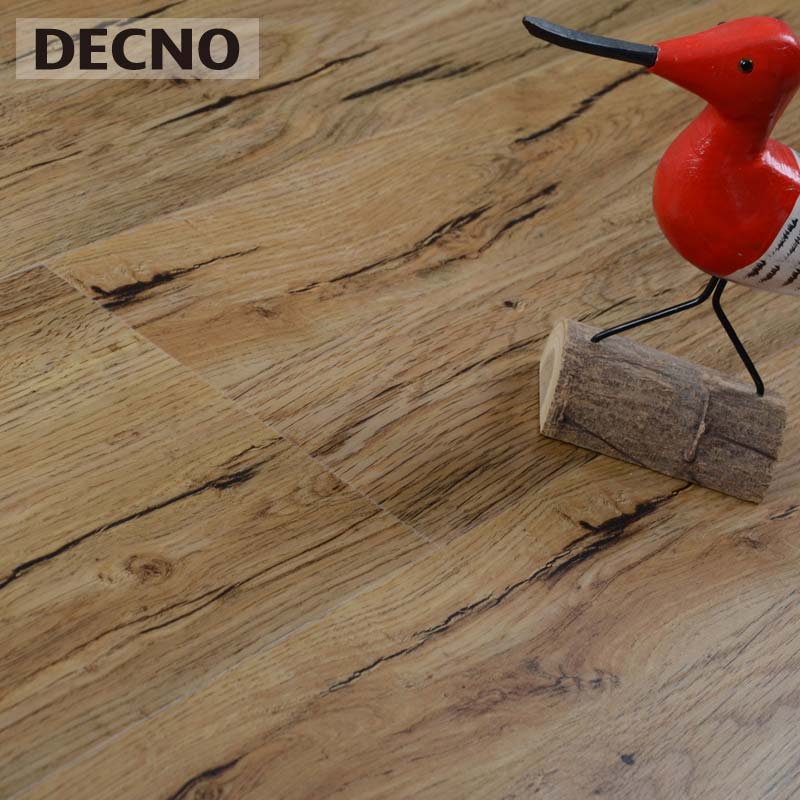In the first six months of 2018,the resilient category has shown no signs of slowing down. In fact, some industry executives predict even greater growth for the segment in 2018 above and beyond the strides made in 2017. In keeping with last year, industry observers attribute the category’s aggressive,record-setting growth to innovations in WPC flooring and SPC flooring. Some executives also see factors outside the industry contributing to the category’s success.“We believe there are several factors for resilient’s growth,”said Steve Ehrlich, vice president of sales and marketing, Novalis Innovative Flooring. “On a macro level, the overall U.S. economy is strong—GDP may reach 4%—and the housing market, both new and re-sale, is strong. All of that is good, but what makes it successful is a resilient product category coming on the scene that satisfies consumer needs so well.”

Based on FCNews research, residential LVT flooring and its subcategories were the products to successfully satisfy consumer needs in 2017. In fact, residential LVT flooring finished 2017 with an estimated $1.888 billion in revenue, which represented 73% of total residential resilient sales. In terms of volume, the category captured 1.379 billion square feet, or 48.1% of resilient volume.
What’s more, WPC flooring and SPC core flooring claimed 45.8% of residential LVT flooring dollars and 31.8% of the category’s volume. “LVT flooring is a product that has come at the right time,” said David Sheehan, senior vice president, product management, Mohawk Industries. “It’s providing the right value proposition to the consumer. Retailers have really embraced this notion of leveraging waterproof, which appears to be resonating in the minds of consumers.”
Rigid products, according to Sheehan, boast physical properties that make it attractive to homeowners and end users. “It tends to be thicker, and thickness is viewed as something from the consumer that equates with high quality. It seemingly has solved some installation concerns on behalf of some retailers and flooring installers vs. its flexible counterpart.”
Much of the trends seen in 2017 have carried over into the first half of 2018. Sheet is still relatively flat; LVT flooring is seeing growth with WPC vinyl flooring and SPC vinyl flooring; waterproof is still piquing consumer interest. While the category has been upoverall, observers say margins are deteriorating on entry-level products.
“Product awareness has helped create a much wider audience to which we can sell LVT flooring,” said Michael Raskin, founder and CEO, Raskin Industries. “There is excitement in the category and around the new types of flooring coming out of it.”

From this sustained consumer excitement, flooring executives are bullish about the category’s prospects in 2018. “Across all segments of our business—from specialty markets, hospitality and education to multifamily and single family homes—Shaw Industries’and USFloors’ resilient flooring continues to consistently outperform expectations,” said Piet Dossche, president of USFloors and executive vice president of hard surface, Shaw. “Resilient flooring enables consumers to incorporate the desired looks into their homes without worrying their flooring will be scratched or damaged by water. USFloors’ customers and their consumers often remark to us on how much they appreciate LVT’s ease of maintenance and its scratch resistant and waterproof qualities.”